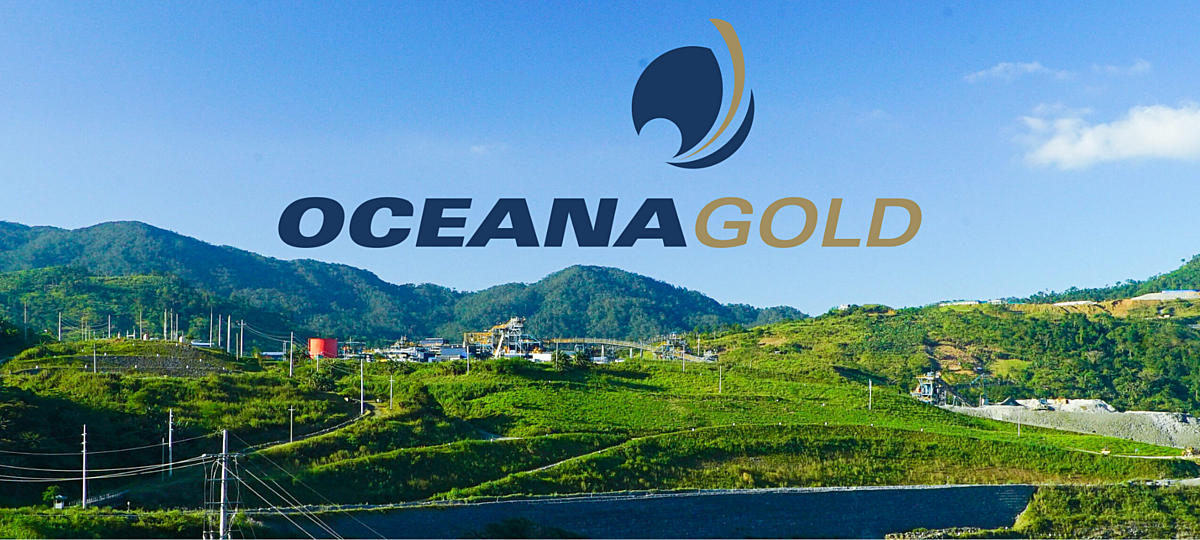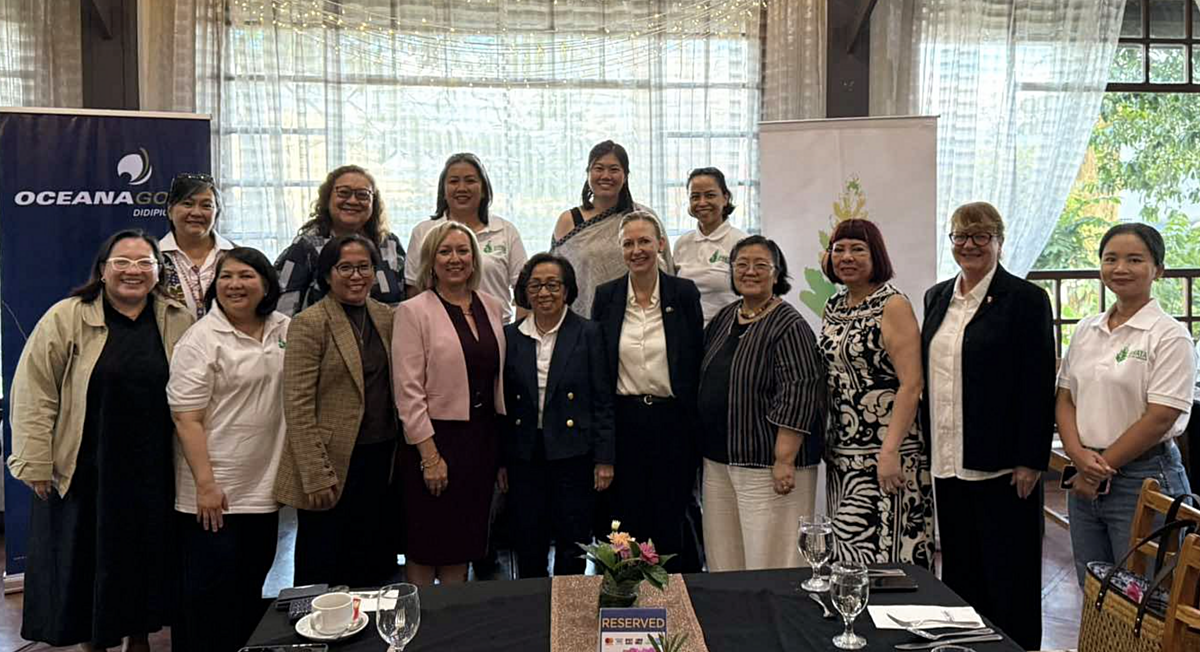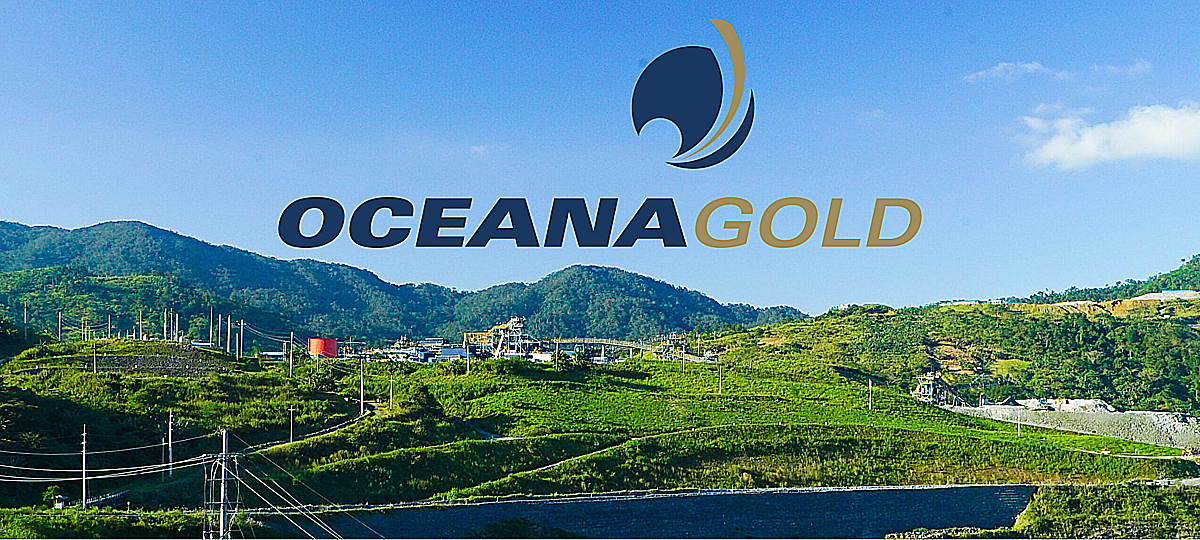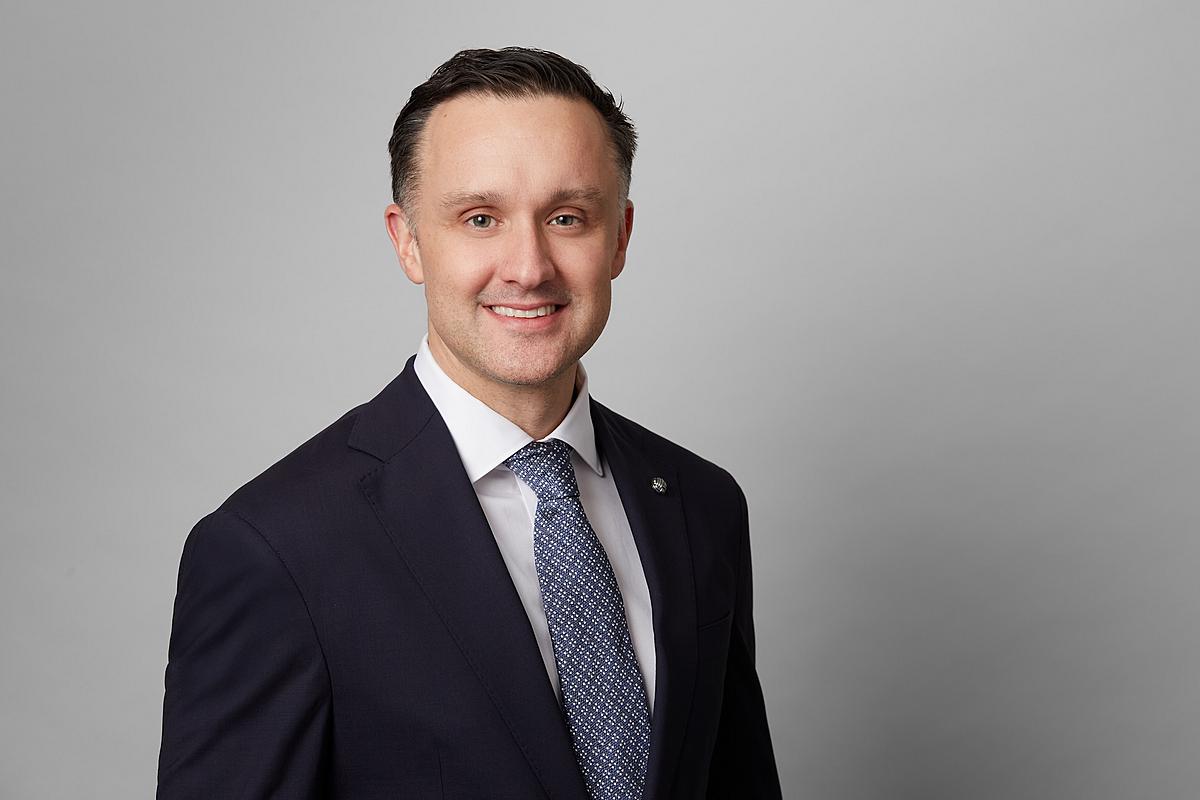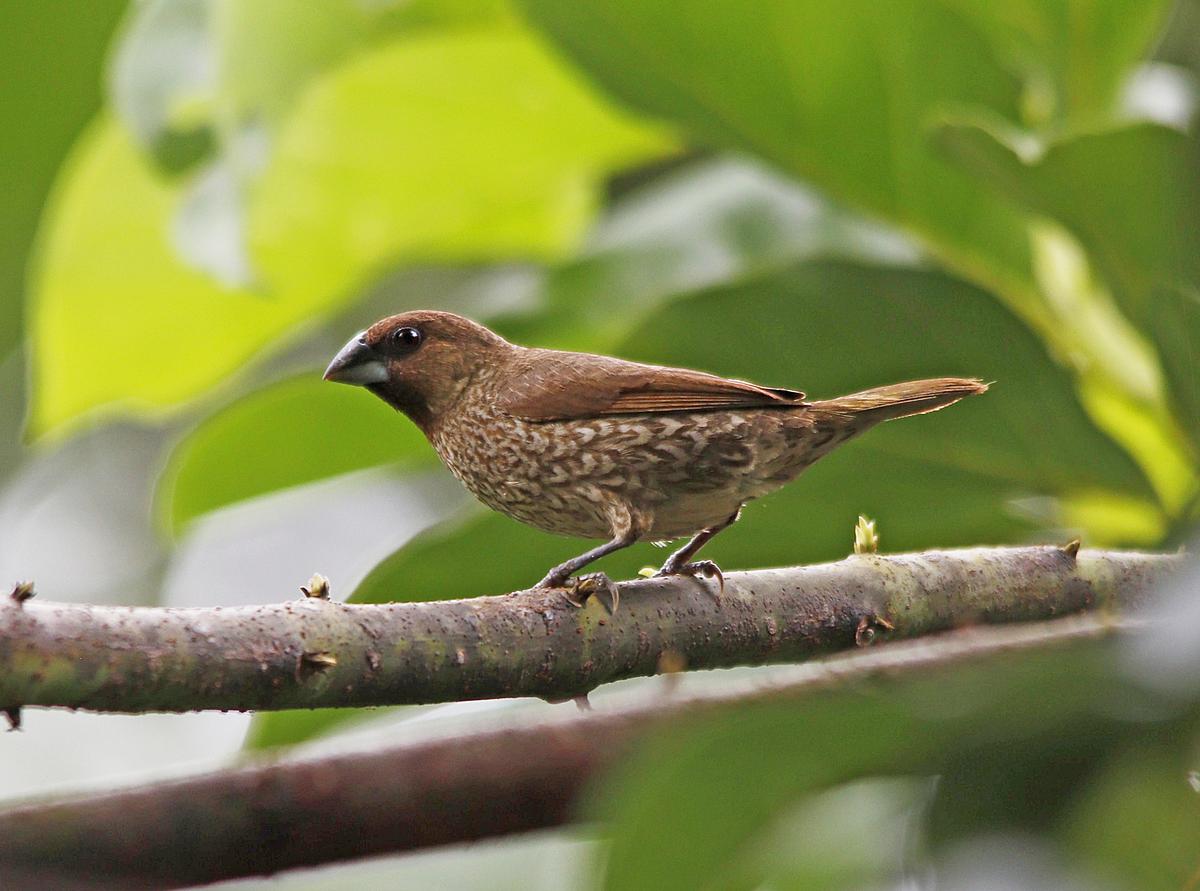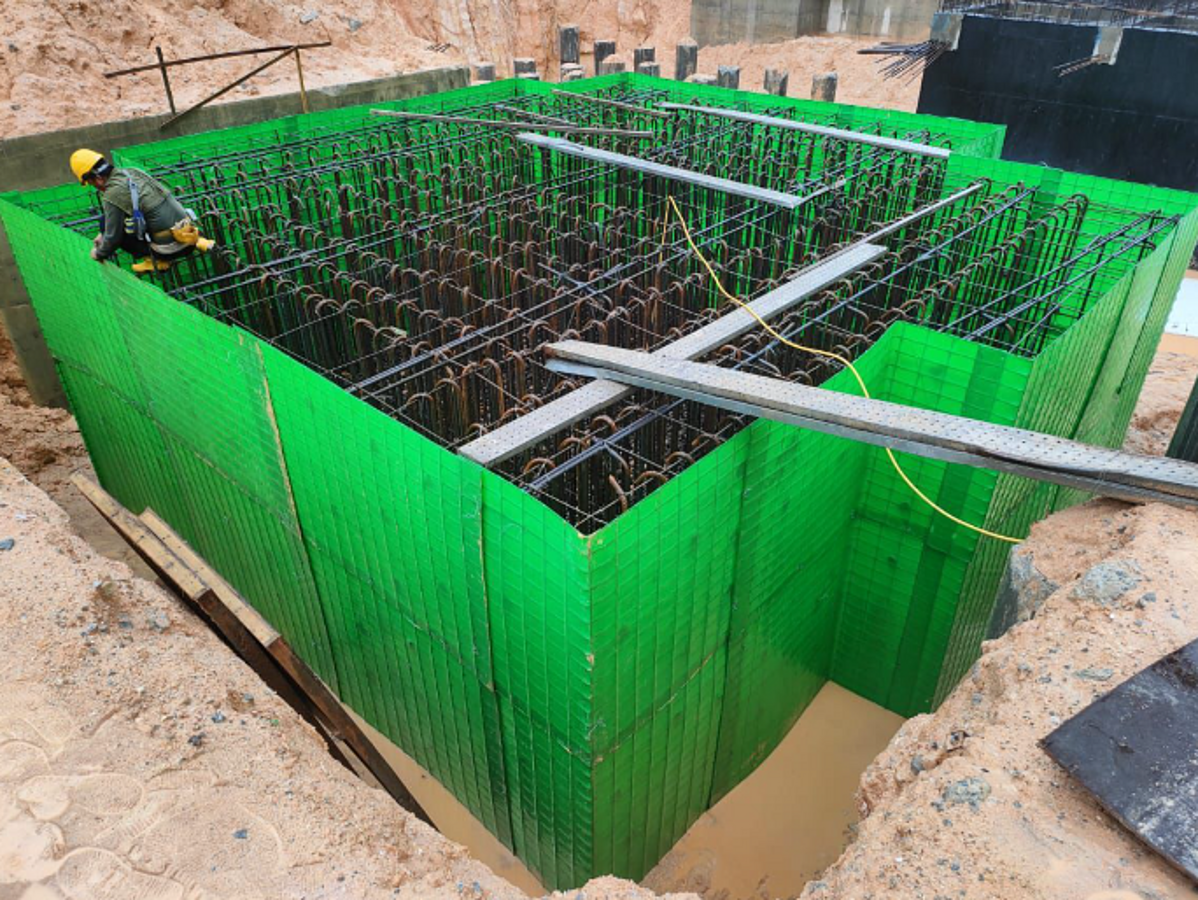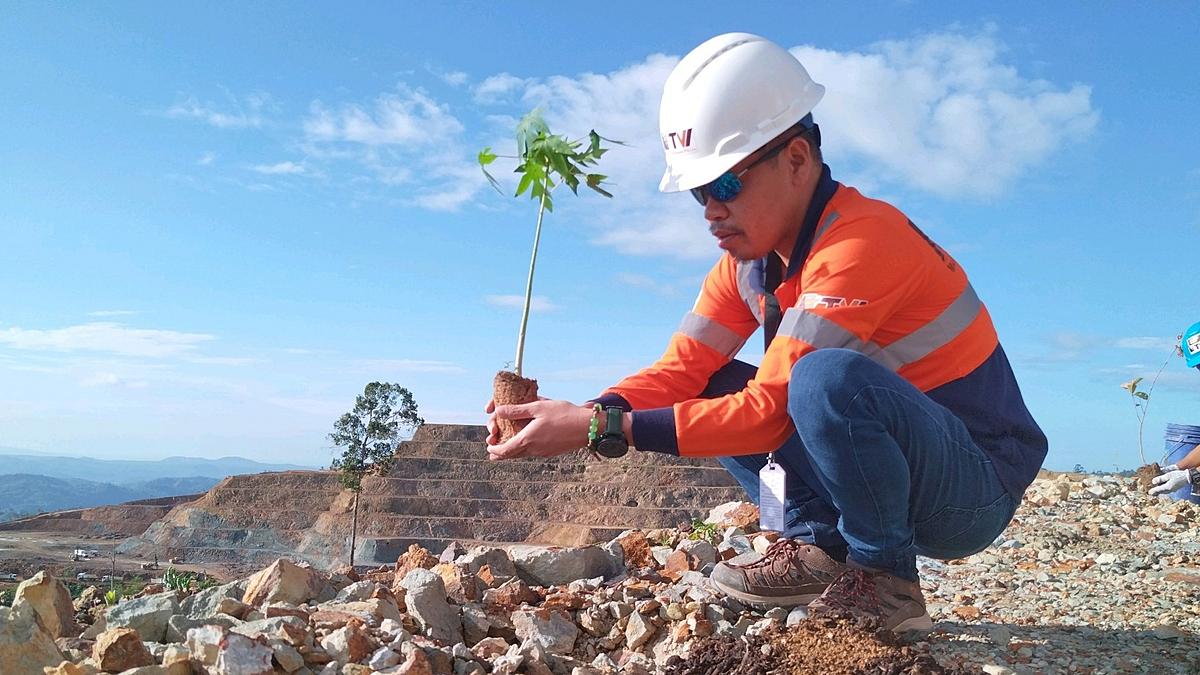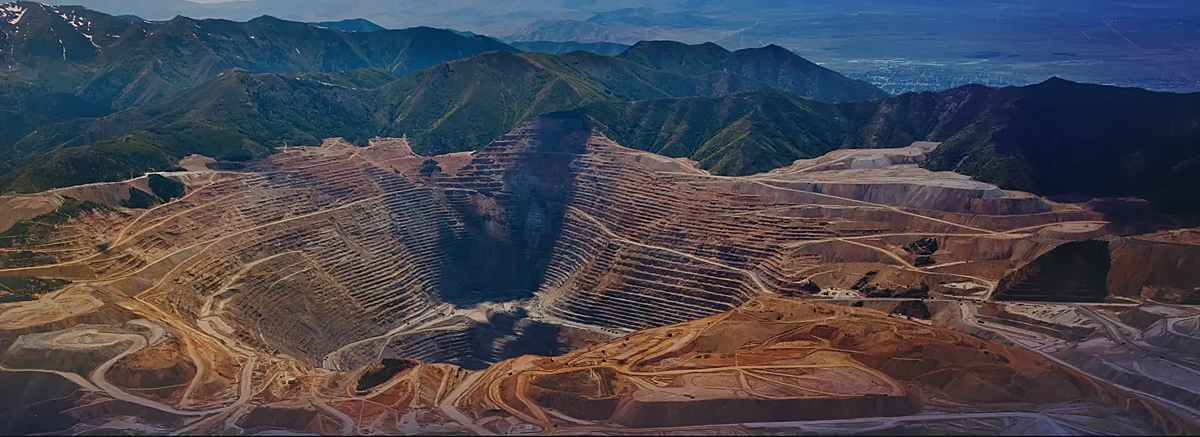Photo Credit: OceanaGold
OceanaGold Corporation today advises that the Philippine Government has renewed the Didipio Mine Financial or Technical Assistance Agreement (“FTAA”) for an additional 25-year period, beginning June 19, 2019. The renewed FTAA reflects similar financial terms and conditions while providing additional benefits to the regional communities and provinces that host the operation.
Michael Holmes, President and CEO of OceanaGold said, “we are pleased to confirm the renewal of the Didipio Mine’s FTAA and thank the Philippine Government for their endorsement and renewal. We have worked through the renewal process in partnership with the Government and regulatory agencies. We look forward to commencing restart activities and continuing to work in partnership with our regulators, communities, employees, and all stakeholders to contribute to the Philippines’ post-COVID-19 economic recovery.”
The Company has maintained the mine and associated facilities in a state of operational stand-by. The Company’s first operational priority is the rehiring and training of its Philippine workforce, which will include a focus on safeguarding workers from the current risks associated with COVID-19. The Company expects to provide additional details on the restart and resumption of normal operations at Didipio, including the timeline and an update to Company’s 2021 guidance, in due course.
The Company plans a staged restart of operations with milling to recommence as soon as possible utilising stockpiled ore of which the operation has approximately 19 million tonnes available. The Company aims to achieve full underground production capacity within twelve months. Once fully ramped-up, the Company expects Didipio to produce approximately 10,000 gold ounces and 1,000 tonnes of copper per month at first quartile All-in Sustaining Costs.
Didipio is a major direct and indirect employer in the provinces of Quirino and Nueva Vizcaya and a significant contributor of socio-economic benefits for the local and national economies. The Didipio Gold and Copper Mine operates to the highest environmental and social standards and has been recognised as one of the most responsible in the country.
Renewal Terms
The FTAA was renewed on substantially the same terms and conditions and includes the following modifications:
- The equivalent of an additional 1.5% of gross revenue to be allocated to community development
- Reclassification of Net Smelter Return to be an allowable deduction and shared 60% / 40% rather than wholly included in government share
- Listing of at least 10% of the common shares in OceanaGold Philippines Inc. (“OGPI”), the Company’s Philippine operating subsidiary and holder of the FTAA, on the Philippine Stock Exchange within the next three years
- OGPI shall offer for purchase by the Philippine Central Bank not less than 25% of its annual gold doré production at fair market price and mutually agreed upon terms
- Transfer of OGPI’s principal office to a host province within the next two years
The additional 1.5% allocated to community development will take the form of increased contributions to communities in the region and provincial development projects. While the existing fund for Social Development and Management Program will continue to be provided for the host and neighbouring communities, 1.0% of the additional 1.5% will be allocated to community development for additional communities and 0.5% to the host Provinces of Nueva Vizcaya and Quirino.
Article Courtesy of OceanaGold

